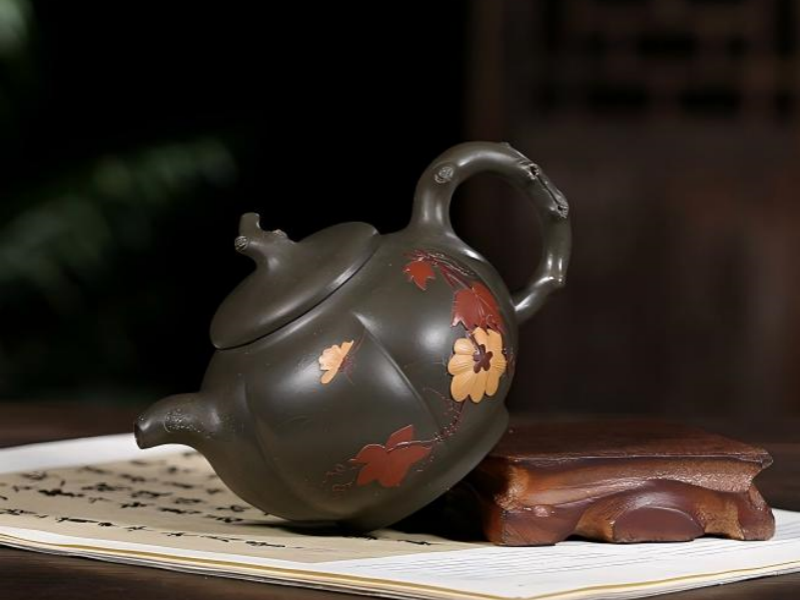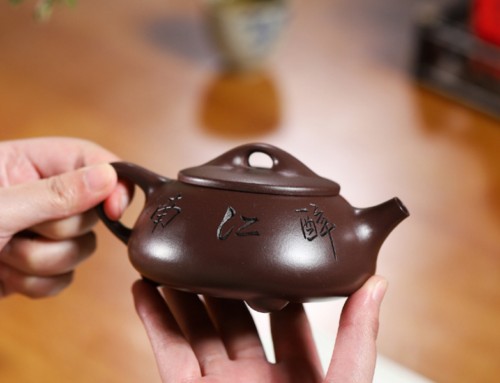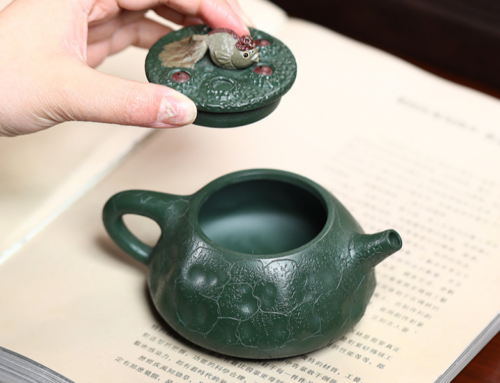A Complete Beginner’s Guide to Starting Your Yixing Pot Collection
What Is a Yixing Pot?
Yixing pots, or Yixing teapots, are small unglazed clay teapots that have fascinated tea drinkers and collectors for generations. They come from the city of Yixing in Jiangsu Province, China, and are made from a special type of clay called zisha (紫砂), meaning “purple sand.” Yixing teapots have been made since the Ming Dynasty (1368–1644), and for many tea lovers, Yixing and Chinese tea brewing are synonymous.
History and Origins of Yixing Teapots
The history of Yixing teapots dates back to the 15th century, when potters first discovered the area’s abundant deposits of zisha clay. This clay, unique to the Yixing area, has a distinctive porous structure and mineral composition. Unlike other ceramic wares, Yixing pots are unglazed, which allows the clay to absorb the flavor and aroma of the tea brewed inside. Over time, this creates a “seasoned” pot that enhances each brew with the essence of previous infusions. This is why Yixing pots are so prized: each one becomes a one-of-a-kind vessel, unique to its owner. Yixing pots are valued not only for their brewing qualities, but also for their artistry. Many are hand-formed by master craftsmen, with some pots featuring intricate carvings, calligraphy, or even the maker’s mark. The finest Yixing pots are considered works of art in their own right—a blend of form and function.

Types of Yixing Clay and Their Importance
Not all Yixing pots are created equal. The type of clay used is a major factor in a pot’s performance and value. There are three primary types of Yixing clay:
| Clay Type | Color | Porosity | Best For | Rarity |
|---|---|---|---|---|
| Zisha | Purple-brown | High | Oolong, Pu-erh, Black | Common |
| Hongni | Red | Medium | Green, White, Light Oolong | Moderate |
| Duanni | Yellow | Low | All tea types | Rare |
Data Source: Scientific study from the Chinese Academy of Agricultural Sciences (CAAS) on how clay porosity impacts tea brewing parameters and aroma volatile retention.
URL: http://www.caas.cn/en/
Data Source: ISO 14507:2018 – Fine ceramics (advanced ceramics, advanced technical ceramics) for use in tea brewing vessels; includes mineral analysis affecting color variations in clay types.
URL: https://www.iso.org/standard/69274.html
The choice of clay can greatly affect not only the taste of your tea, but also the collectibility and value of your pot. Many collectors seek out pots made from pure, unblended clay, as these are seen as the most authentic and valuable. “A Yixing pot is not just a vessel for tea—it’s a living object that grows with every brew.” — Master Potter Chen Mingyuan Understanding the basics of Yixing pots—their history, unique clay, and artistic value—is the first step in A Beginner’s Guide to Starting Your Yixing Pot Collection. With this foundation, you’ll be ready to explore why so many people around the world are drawn to collecting these remarkable teapots.
Why Start a Yixing Pot Collection?
Starting a Yixing pot collection is more than just acquiring teapots—it’s about embracing a centuries-old tradition, connecting with a vibrant community, and deepening your appreciation for tea. For many, the journey begins with curiosity and quickly grows into a rewarding hobby that blends art, culture, and sensory experience.
Benefits for Tea Lovers and Collectors
Yixing pots are celebrated for their ability to transform the tea-drinking experience. The porous nature of Yixing clay allows each pot to absorb the essence of the tea brewed within, gradually developing a unique patina and enhancing the flavor profile over time. This means that the more you use your pot, the better your tea tastes—a feature that no other teaware can truly replicate. Key Benefits:
Case Study: A tea enthusiast in London began with a single zisha pot for oolong tea. After a year of regular use, she noticed her tea’s flavor had become smoother and more complex. Inspired, she started collecting different clay types and shapes, each dedicated to a specific tea. Her collection now serves as both a personal archive of her tea journey and a conversation starter with fellow collectors.
The Cultural and Artistic Value
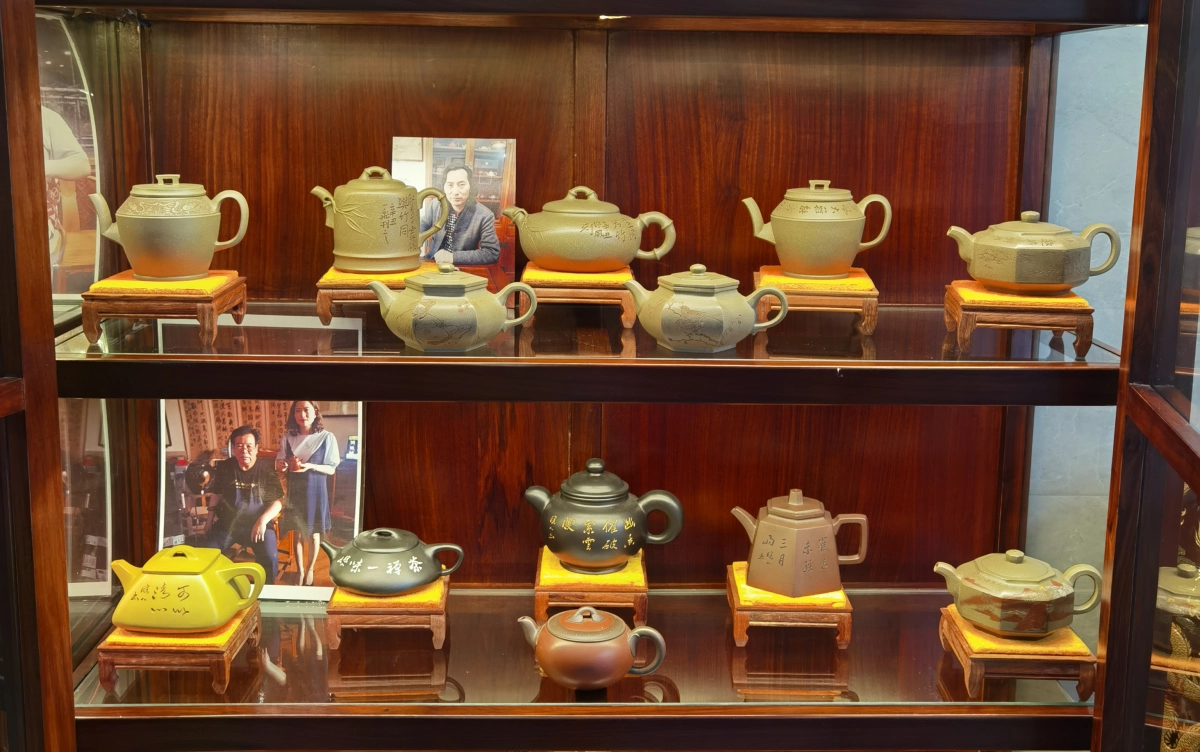
Yixing pots are not just functional—they are works of art. Many are handcrafted by skilled artisans, some of whom are recognized as national treasures in China. The artistry can range from simple, elegant forms to elaborate carvings and calligraphy. Some collectors focus on acquiring pots from specific artists or periods, much like art collectors seek out works from renowned painters. Interesting Fact: The most valuable Yixing pots are often those made by famous potters or from rare clay. In 2010, a Qing Dynasty Yixing teapot sold at auction for over $2 million USD, highlighting the potential investment value of these pieces. Cultural Significance:
Quote: “To collect Yixing pots is to collect stories—of clay, of tea, and of the hands that shaped them.” — Tea Historian Lin Yutang Whether you’re drawn by the promise of better tea, the beauty of the pots, or the rich cultural heritage, starting your Yixing pot collection opens the door to a world of discovery. The next step is learning how to choose your first pot wisely, ensuring your collection begins on the right foot.
How to Choose Your First Yixing Pot
Selecting your first Yixing pot is a pivotal moment in your collecting journey. The right choice will not only enhance your tea experience but also set the tone for your entire collection. With so many options available, it’s easy to feel overwhelmed. However, by focusing on a few key factors, you can confidently find a pot that suits both your taste and your brewing needs.
What to Look for in a Quality Yixing Pot
A quality Yixing pot is defined by its craftsmanship, clay, and functionality. Here’s what to keep in mind:
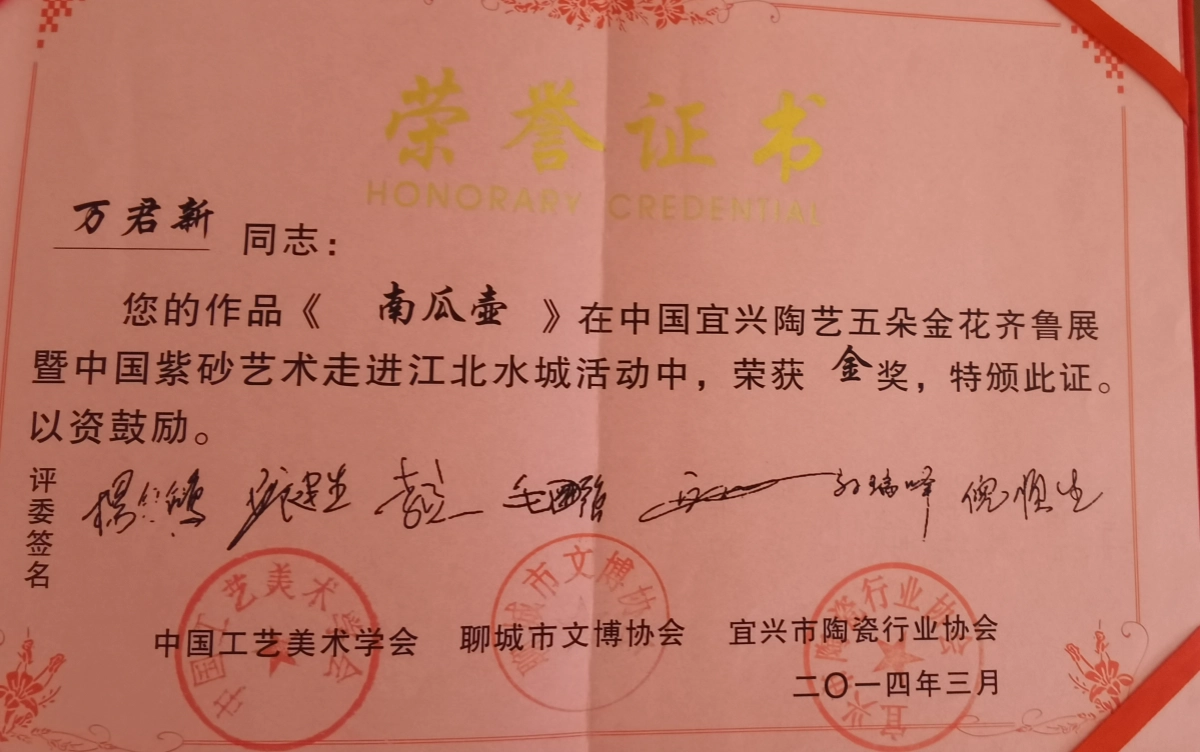
How to Spot Authentic Yixing Clay
With the popularity of Yixing pots, fakes and imitations are common. Authentic Yixing clay comes only from the Yixing region and has unique mineral properties. Here’s how to spot the real deal:
Tip: If possible, buy from reputable sellers who provide certificates of authenticity or provenance. Don’t hesitate to ask questions about the pot’s origin and clay type.
Where to Buy: Trusted Sources for Beginners
Finding a trustworthy source is crucial, especially for beginners. Here are some reliable options:
Quote: “The first Yixing pot you choose will shape your tea journey—choose with care, and it will reward you for years to come.” — Collector Zhang Wei By focusing on craftsmanship, authenticity, and trusted sources, you’ll be well on your way to starting your Yixing pot collection with confidence. Next, let’s explore how to care for your new treasure so it lasts a lifetime.
Caring for Your Yixing Pot
Proper care is essential for preserving the beauty and functionality of your Yixing pot. Unlike other teaware, Yixing pots are porous and unglazed, which means they absorb flavors and aromas from the tea you brew. This unique feature is what makes them so prized, but it also means they require special attention. With the right care, your Yixing pot will not only last for decades but also improve with every use.
How to Season and Clean Your Pot

Seasoning your Yixing pot is the first step after purchase. This process removes any residual clay dust and prepares the pot to absorb the flavors of your chosen tea. Here’s a simple step-by-step guide:
Cleaning your Yixing pot is easy, but requires careful attention:
Storage and Maintenance Tips
How you store your Yixing pot matters just as much as how you clean it. Here are some best practices:
Pro Tip: If you plan to collect multiple Yixing pots, dedicate each one to a specific type of tea (e.g., oolong, pu-erh, green tea). This prevents flavor crossover and allows each pot to develop its own unique seasoning. Case Study: A collector in San Francisco noticed a musty smell in one of her pots after storing it with the lid on. She learned to always air-dry her pots and now stores them on an open shelf, which keeps them fresh and ready for use. Quote: “A well-cared-for Yixing pot is like a trusted friend—it remembers every cup you share.” — Tea Master Wu De By following these simple care and maintenance steps, you’ll ensure your Yixing pot remains a cherished part of your collection for years to come. Next, let’s dive into the art of brewing tea with your Yixing pot and discover how to unlock its full potential.
Brewing Tea with Your Yixing Pot
Brewing tea in a Yixing pot is a ritual that transforms a simple beverage into an art form. The unique properties of Yixing clay interact with the tea, enhancing flavors and aromas in ways that glass or porcelain simply can’t match. For beginners, learning the basics of brewing with a Yixing pot will help you get the most out of your collection and deepen your appreciation for both the pot and the tea.
Best Teas for Yixing Pots

Not all teas are equally suited for Yixing pots. The porous clay is best paired with teas that benefit from gradual flavor development and repeated infusions. Here’s a quick guide: Recommended Teas:
Teas
Simple Brewing Steps for Beginners
Brewing with a Yixing pot doesn’t have to be complicated. Here’s a step-by-step guide to get you started:
Tips for Success: Use filtered water for the best flavor. Experiment with leaf quantity and steeping time to suit your taste. Dedicate each pot to one type of tea for optimal seasoning. Quote: “Brewing tea in a Yixing pot is like playing a favorite song on a vintage instrument—each note is richer, each cup more memorable.” — Tea Educator Alice Lin With practice, you’ll discover how your Yixing pot responds to different teas and brewing styles. Over time, the pot will develop a patina that reflects your personal tea journey, making every cup a little more special. Next, let’s look at how to grow your Yixing pot collection and connect with the wider world of collectors.
Growing Your Yixing Teapot Collection
Once you’ve experienced the magic of your first Yixing pot, it’s only natural to want more. Expanding your Yixing pot collection is a journey filled with discovery, artistry, and community. Each new pot brings its own story, character, and brewing possibilities. Whether you’re collecting for personal enjoyment, investment, or cultural appreciation, there are a few key strategies to help you build a collection that’s both meaningful and valuable.
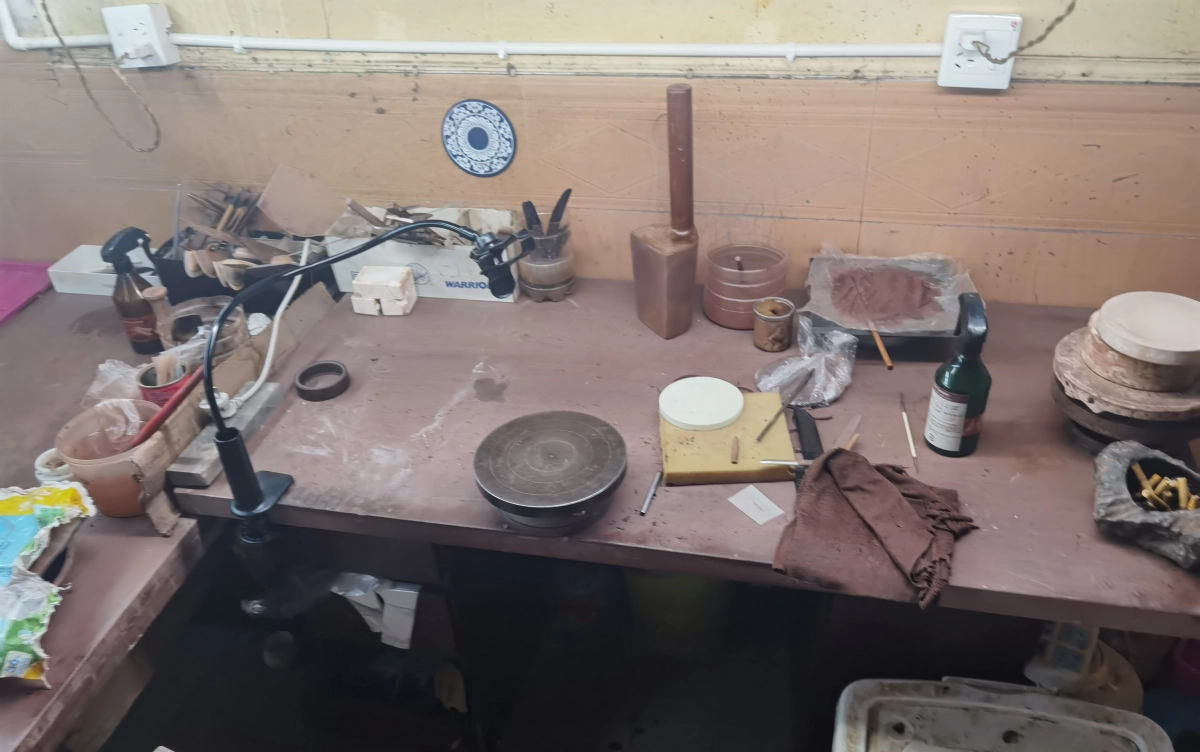
How to Find Unique or Valuable Pieces
As your interest deepens, you’ll start to notice the subtle differences between pots—clay color, shape, artist marks, and even the sound the pot makes when tapped. Here’s how to spot pieces that stand out:
Case Study: A collector in Singapore found a small, unassuming pot at a local market. After researching the artist’s mark, she discovered it was made by a renowned 20th-century potter. The pot’s value was several times what she paid, and it became the centerpiece of her collection.
Connecting with Other Collectors
The world of Yixing pot collecting is rich with community and shared passion. Connecting with other collectors can open doors to new knowledge, rare finds, and lasting friendships. Ways to Connect:
Quote: “A Yixing pot collection is more than a shelf of teapots—it’s a passport to a global community of tea lovers and artists.” — Collector Mei Chen Pro Tip: Document your collection. Keep notes on where and when you acquired each pot, details about the artist or clay, and your personal brewing experiences. This not only helps with organization but also adds to the story and value of your collection. As your collection grows, you’ll find that each pot brings new flavors, memories, and connections. The journey is as rewarding as the destination. Next, let’s answer some of the most common questions beginners have about starting a Yixing pot collection.
Frequently Asked Questions About Starting a Yixing Pot Collection
Every beginner has questions when starting a Yixing pot collection. The world of Yixing teapots is rich and nuanced, and even seasoned collectors are always learning. Here are answers to some of the most common questions, designed to help you avoid pitfalls and get the most out of your collecting journey.
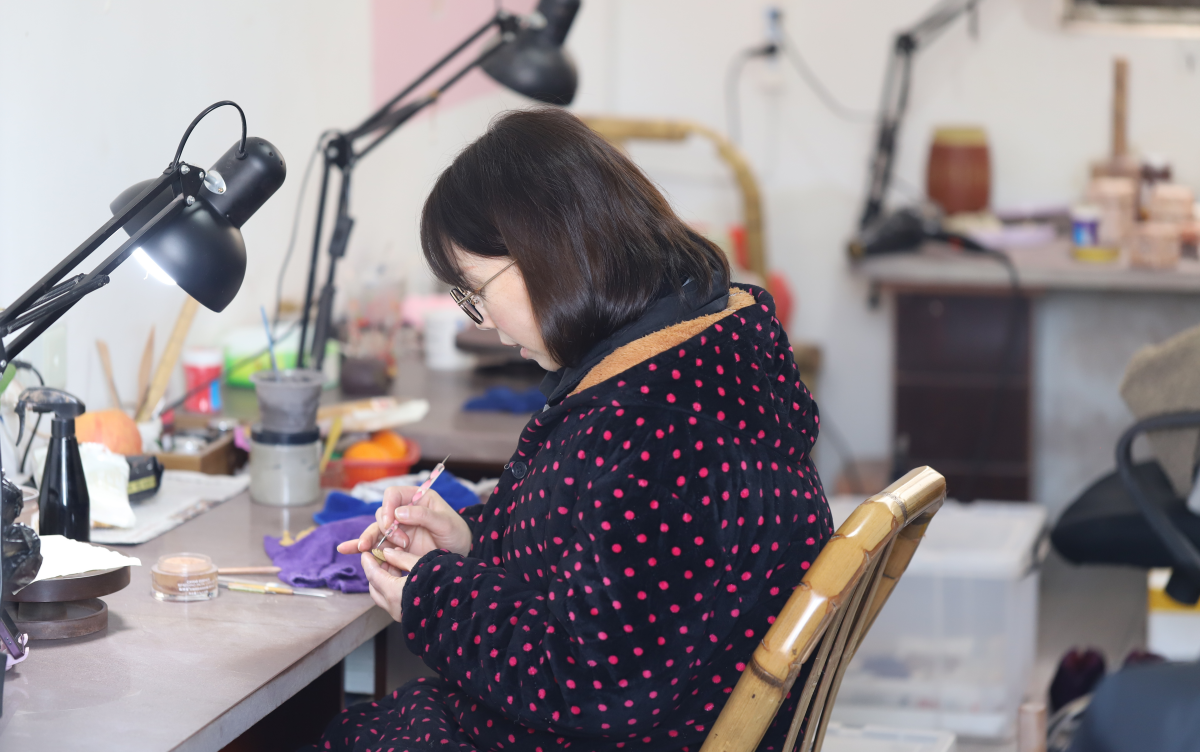
Conclusion: Start Your Yixing Pot Collection with Confidence
Embarking on A Beginner’s Guide to Starting Your Yixing Pot Collection is more than just a hobby—it’s an invitation to join a living tradition that spans centuries and continents. Each Yixing pot you add to your collection is a piece of history, a work of art, and a trusted companion in your tea journey. Whether you’re drawn by the tactile pleasure of clay, the evolving flavors of your favorite tea, or the stories behind each pot, collecting Yixing teapots offers endless rewards.




